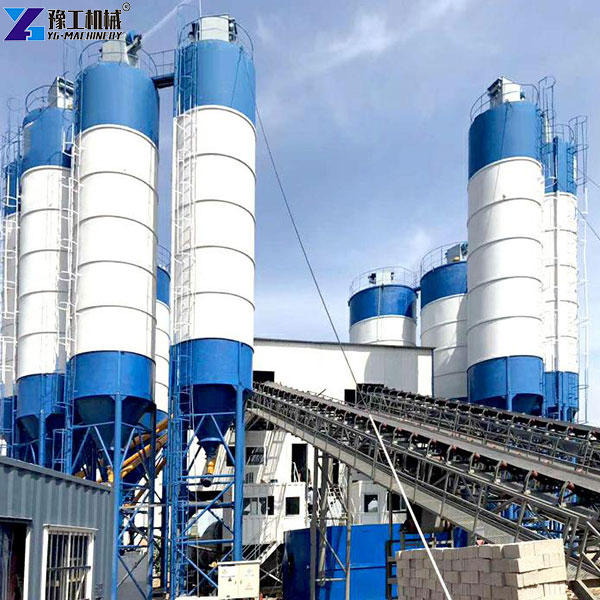
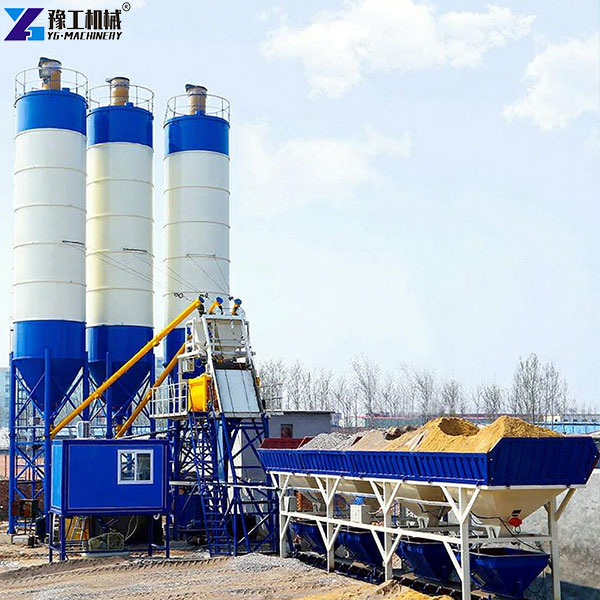
A concrete mixing station is a crucial core equipment in modern engineering construction. It’s like a precisely cooperating “concrete factory”, composed of six key systems: mixing host system, batching system, weighing system, conveying system, storage system, and control system. In various construction projects such as buildings, roads, and bridges, with accurate material proportioning and efficient mixing operations, it continuously produces concrete meeting strict quality standards, laying a solid foundation for projects. If you want to know about YG Machinery’s batching and mixing plant, contact us for a quote. We provide product specifications.【WhatsApp/WeChat/Phone】+86 13837122632
Core Parameters of Concrete Mixing Station
Taking HZS25 as an example:
| Category | Technical Parameters |
| Theoretical productivity | 25m³/h |
| Mixing host model | JS500 |
| Mixing host power | 18.5kw |
| Cycle | 72s |
| Nominal capacity of mixer | 500L |
| Maximum aggregate particle size | Φ80mm |
| Powder silo capacity | 1×100T |
| Batching station batching capacity | 800L |
| Aggregate silo capacity | 6m³×3 |
| Aggregate Type | 3 |
| Aggregate conveyor belt productivity | 100T/h |
| Screw conveyor maximum productivity | 40T/h |
| Discharge height | 3.8m |
| Installed capacity | 65kw |
| Aggregate weighing range and accuracy | (0~3000kg)±2% |
| Cement weighing range and accuracy | (0~1500kg)±1% |
| Fly ash weighing range and accuracy | (0~1500kg)±1% |
| Water weighing range and accuracy | (0~600kg)±1% |
| Weighing range and accuracy of admixture | (0~150kg)±1% |
Six Systems of Concrete Mixing Station
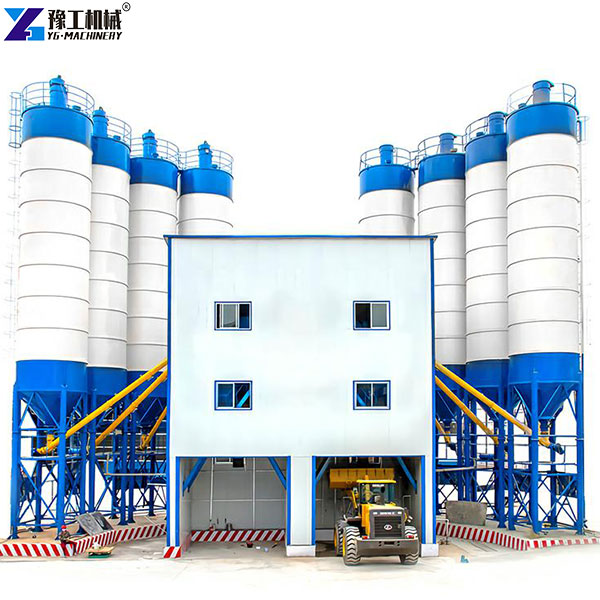

Mixing host system
Concrete mixing hosts are mainly forced mixers and drum mixers, thus divided into drum mixing stations and forced mixing stations. Relatively speaking, drum hosts have lower failure rates. But for hosts of the same model, the hourly production of drum mixers is not as high as that of forced ones, and the uniformity of concrete mixing by drum mixers is also not as good as that by forced mixers.
Batching system
Batching machines are mainly used to store sand and gravel (also called aggregates). According to different aggregate types, two – bin, three – bin or four – bin batching machines can be selected. Each bin stores one type of aggregate, such as sand and gravel. Under the bin is a weighing hopper for accurate weighing of aggregates. Weighing methods include cumulative weighing, separate weighing, rough – fine weighing and ordinary weighing.
Storage system
It mainly stores powdered materials that need to be sealed, such as fly ash and cement, and then conveys them to the host through a screw conveyor. The equipment for storing powdered materials includes vertical cement silos and horizontal cement silos. Vertical cement silos need to be grounded and are cheaper than horizontal ones; horizontal cement silos don’t need grounding when the ground hardness is sufficient and have good concealment. Both have dust collectors and explosion – proof valves on the top and manual butterfly valves at the bottom.
Conveying system
It is divided into powder conveying and aggregate conveying. Powder conveying generally uses a screw conveyor; for aggregate conveying, there are two ways: conveying by the host lifting hopper and conveying to the mixer by a belt conveyor. The belt conveyor has a faster conveying speed and higher efficiency.
Weighing system
It mainly weighs powder, water and admixtures and uses pneumatic discharge. The host specification determines the weighing specification, which can accurately control the feeding amount of each material to ensure that the concrete grade meets the standard. The admixture scale can be configured as stainless steel according to customer needs.
Control system
Each equipment has its own control cabinet. When the equipment forms a station, a centralized control system is needed. This system is built according to the equipment situation and needs, including cement scale, water scale, admixture scale and batching machine scale (that is, single – machine four scales). The control cabinet can realize semi – automatic or fully automatic operation, and can choose whether to include computer printing function.
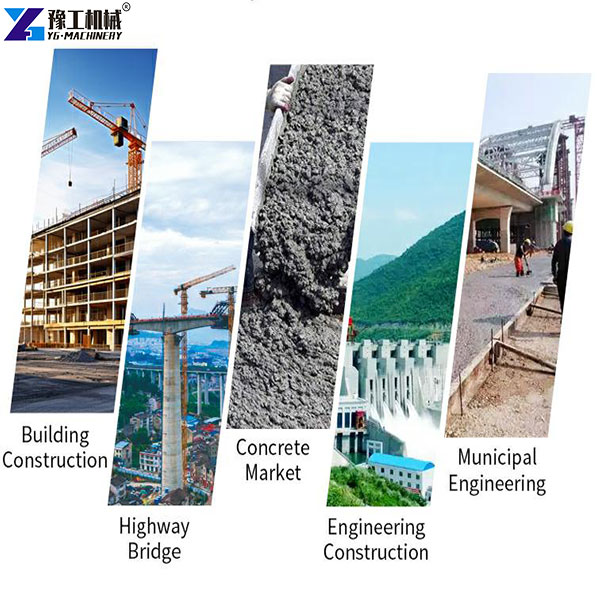
How to Choose a Suitable Batching and Mixing Plant
- Based on project scale: For small projects, equipment with lower hourly production can be selected. For large-scale projects, equipment with high production capacity is needed. For example, the theoretical productivity of the HZS25 model reaches 25m³/h, which can be adapted to projects of corresponding scale.
- Considering aggregate types: If there are many types of aggregates, choose a multi-bin batching machine to meet the storage needs of various aggregates.
- Combined with site conditions: When the site is limited and the foundation is difficult to handle, horizontal cement silos and drum mixing stations can be considered; when the foundation is easy to handle and high production is pursued, vertical cement silos and forced mixing stations can be selected.
- Comparing costs: Refer to the concrete plant price. On the premise of meeting performance requirements, compare the prices of equipment of different brands and models. Consider factors such as equipment performance, quality, and after-sales service comprehensively, and choose the most cost-effective solution to maximize return on investment.
Concrete Plant Price in YG Machinery
Want to promote the project efficiently and make concrete production worry-free? Choosing the right concrete mixing station is the key! Our equipment is suitable for various scenarios, with full support from performance to after-sales service. The price is transparent and reasonable, and equipment solutions can be customized as needed. Don’t worry about the concrete batch plant cost. Contact us. Use a reliable mixing station to install an “acceleration engine” for the project. Start cooperation immediately and easily achieve high-quality concrete production! In addition, YG Machinery also sells equipment such as concrete pumps and concrete mixers.【WhatsApp/WeChat/Phone】+86 13837122632

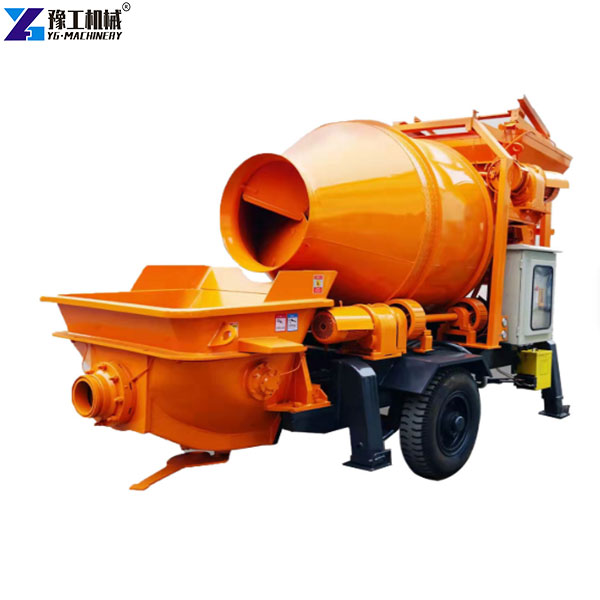
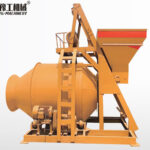
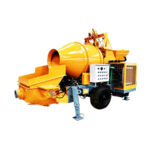
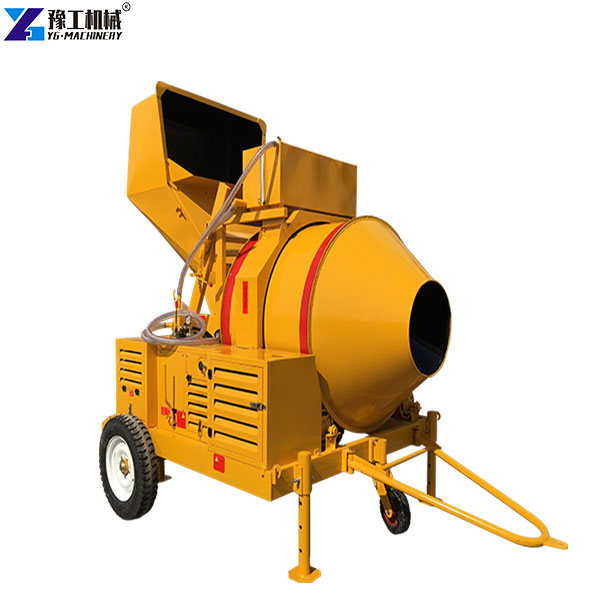
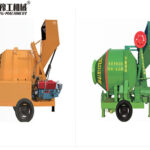
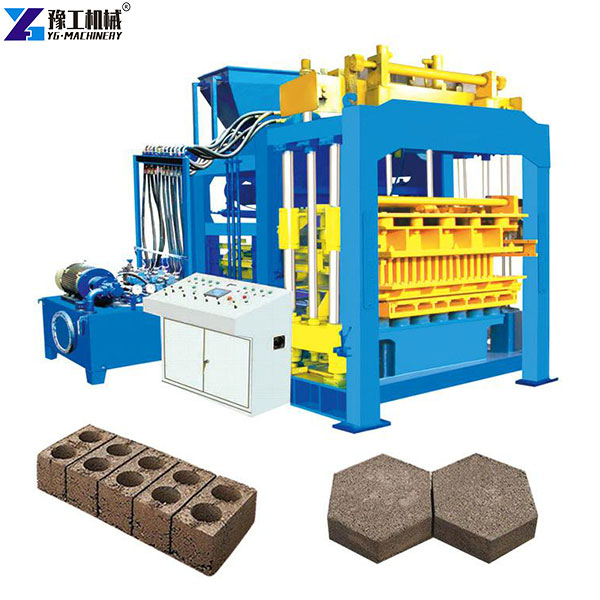
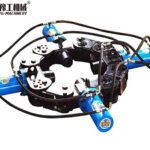

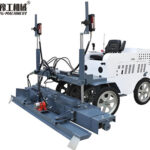
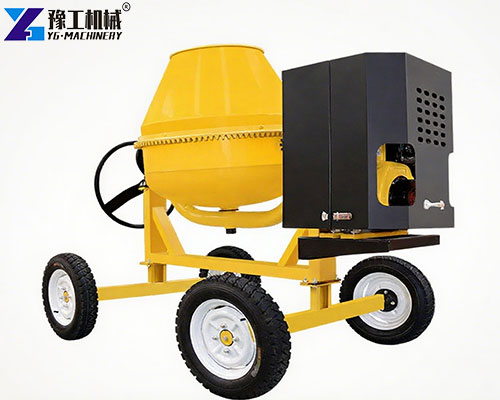
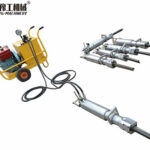
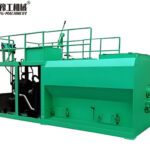
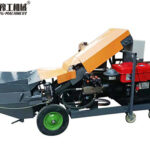
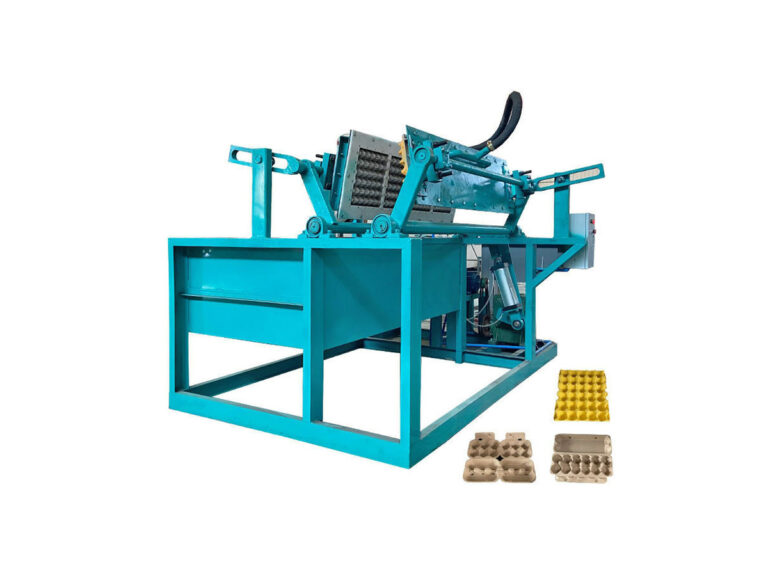
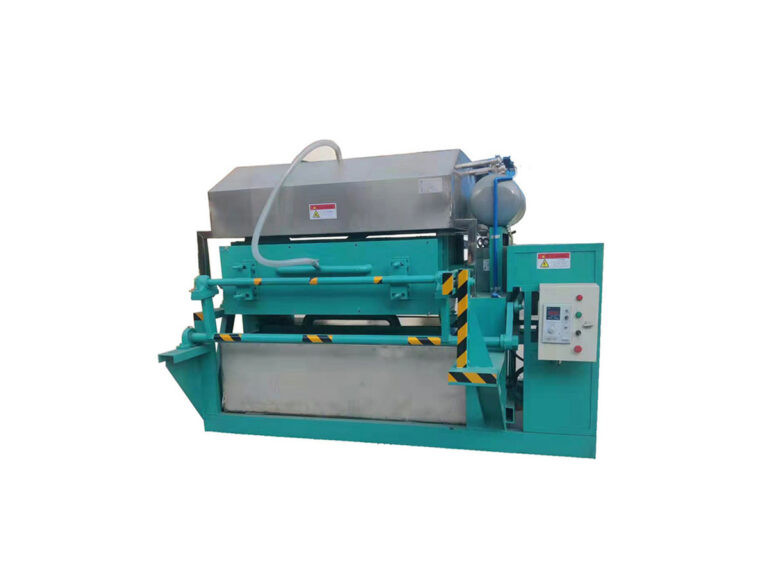
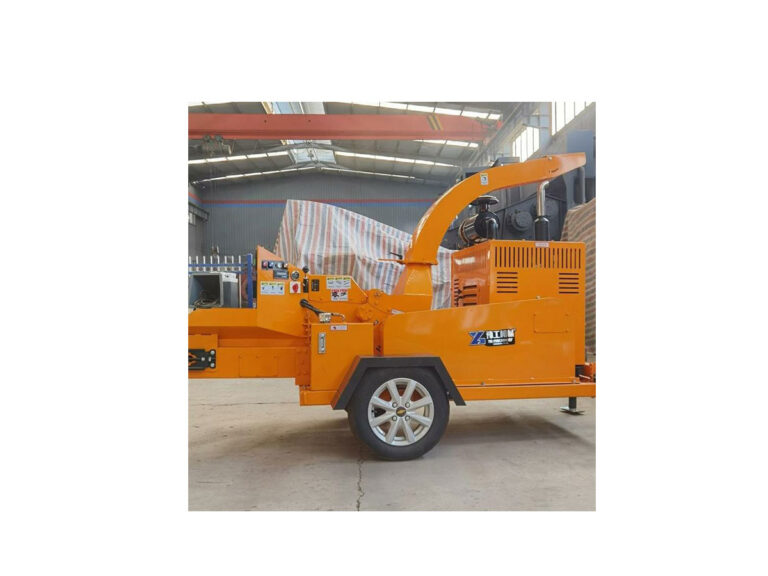
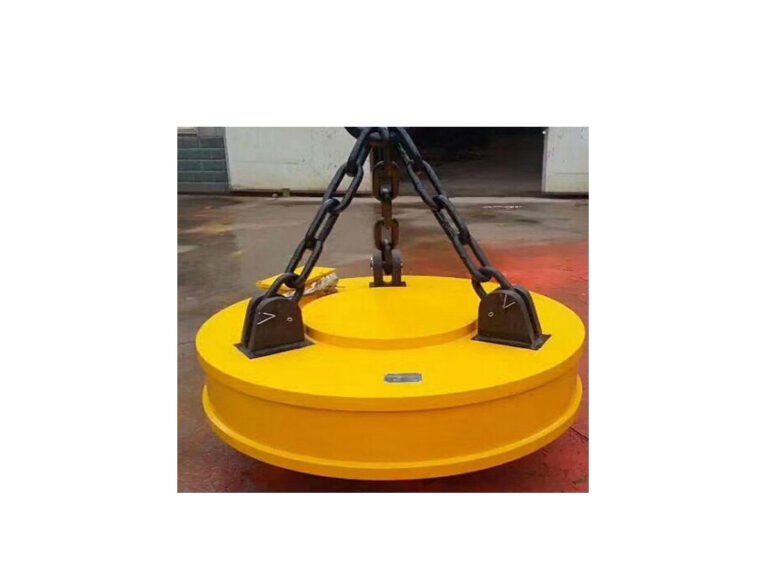
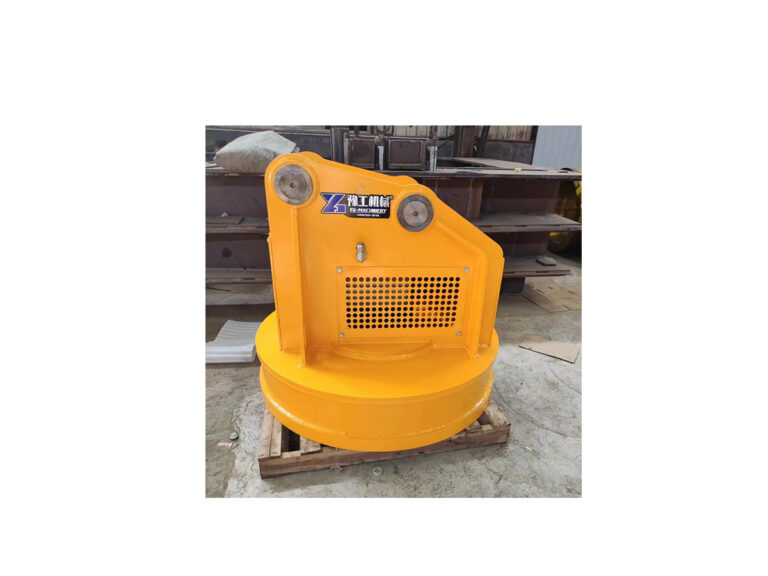
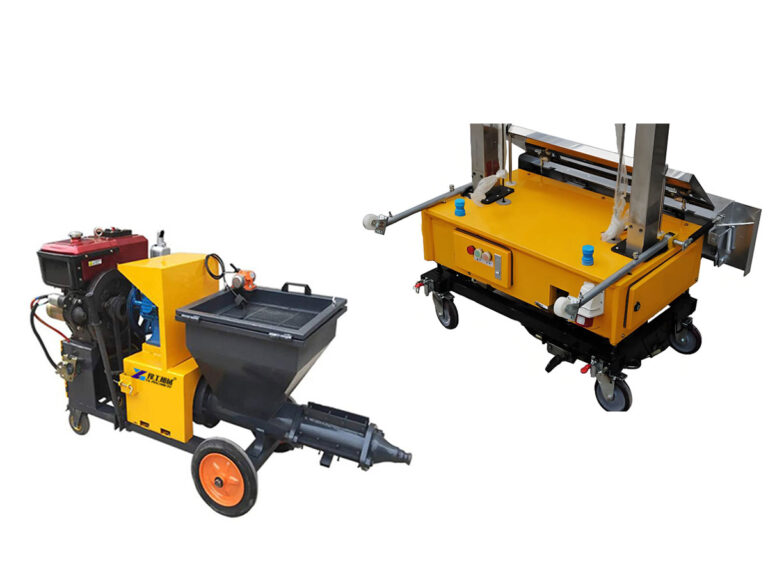


No responses yet